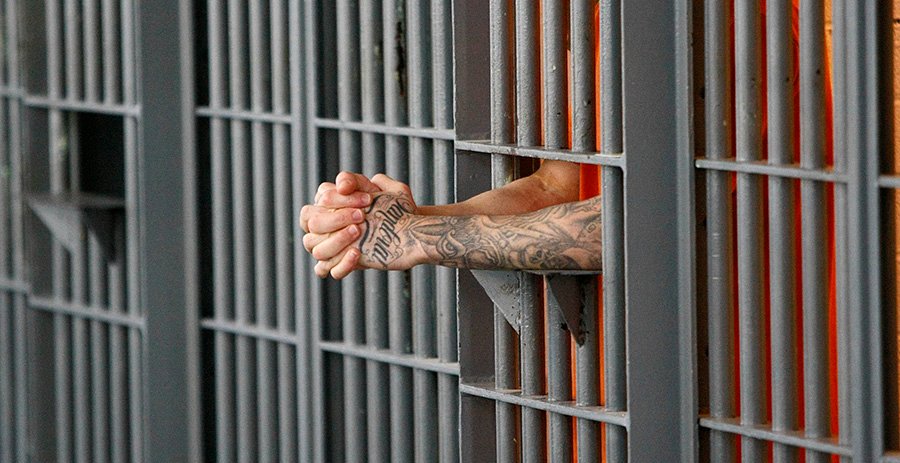Entertainment
Arizona Takes Bold Steps to Curb Violence and Recidivism Through Innovative Inmate Job Training

Arizona plans to leverage federal funds to enhance job training for inmates, a strategy aimed at lowering recidivism rates and addressing violence in state prisons. Governor Katie Hobbs introduced this initiative on April 22, highlighting the urgent need for systemic change to disrupt the cycle of reoffending.
According to Hobbs, around one in three individuals in Arizona has a criminal record. This statistic underscores the challenge, with over 1.9 million adults in the state holding a conviction or non-conviction record. Remarkably, about 95% of inmates will eventually be released, translating to roughly 17,000 individuals annually.
However, troubling figures reveal that less than half of those released find employment within a year. “That’s a staggering number that increases their chances of reoffending,” said Hobbs, stressing the economic burden this places on taxpayers.
The announcement comes at a time when scrutiny of the Department of Corrections, Rehabilitation and Reentry is on the rise. A federal judge, monitoring the department for years, has threatened to appoint a receiver to take over health care for over 35,000 inmates. Adding to the department’s woes, Senator Kevin Payne recently launched an investigation following a murder incident involving an inmate serving multiple life sentences.
Ryan Thornell, the Corrections Director, indicated that the proposed training could mitigate violence among inmates. “We know that giving opportunities to individuals who are incarcerated creates a safer prison environment,” he remarked. He characterized this endeavor as one of several strategies aimed at bolstering prison safety.
Nevertheless, Payne expressed skepticism regarding the adequacy of these measures, denouncing recent violent incidents as “inexcusable and incredibly troubling.”
Thornell acknowledged the complexity of the violence issues, stating, “It’s not an isolated situation. There are various complicating factors.” He assured that a comprehensive plan is underway, promising more details soon.
Initiated with the support of the Second Chance Act, which Congress passed in 2008, the program seeks to build on successful reentry initiatives observed in other states. Marshall Clement from the Council of State Governments Justice Center shared that evidence suggests ongoing programs can significantly enhance reentry outcomes.
Recidivism rates have decreased in Arizona from 38% in 2009 to 29% currently. Clement emphasized that the Reentry 2030 program aims to further reduce this figure by removing unnecessary barriers to training and maintaining essential health and support services.
A key advantage of the program is its reliance solely on federal funding, meaning no state funds will be used. Hobbs advocated that saving on recidivism costs could ultimately benefit taxpayers.
However, the sustainability of federal funding remains uncertain, particularly in light of actions from the Trump administration that have aimed to cut various federal programs. Nonetheless, Clement expressed confidence in the program’s longevity, noting its bipartisan support, including the First Step Act reauthorized in 2018.
Alongside these efforts, health care for inmates remains a critical issue in Arizona. A class-action lawsuit filed in 2012 highlighted inadequacies in medical and mental health care, leading to a 2015 settlement where the state committed to improvements.
Despite these commitments, Arizona has faced penalties for failing to meet performance measures. U.S. District Court Judge Roslyn Silver described the state’s health care provision as “plainly grossly inadequate,” leading to calls from the American Civil Liberties Union for the management of health care operations to be transferred to a third party.
A hearing on this pressing issue is set for July, as the state grapples with the dual challenges of effective inmate reentry and health care reform.

















